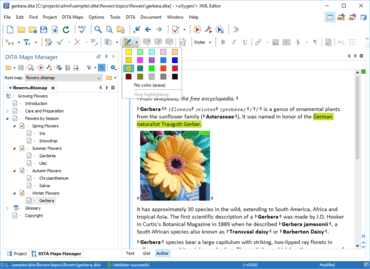Proveedor oficial
Como distribuidores oficiales y autorizados, le suministramos licencias legítimas directamente de más de 200 editores de software.
Ver todas nuestras marcas.
DITA Authoring
DITA Publishing
Author Visual Editing
Add-ons
Other

Creación y publicación multicanal de XML de una sola fuente.
Chatee en vivo ahora mismo con nuestros especialistas en licencias de Syncro Soft.